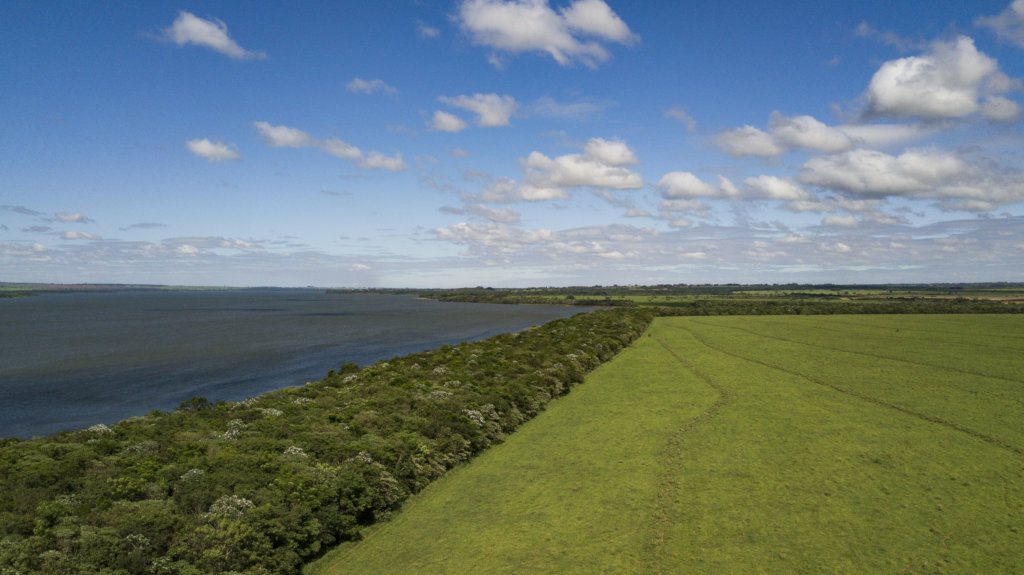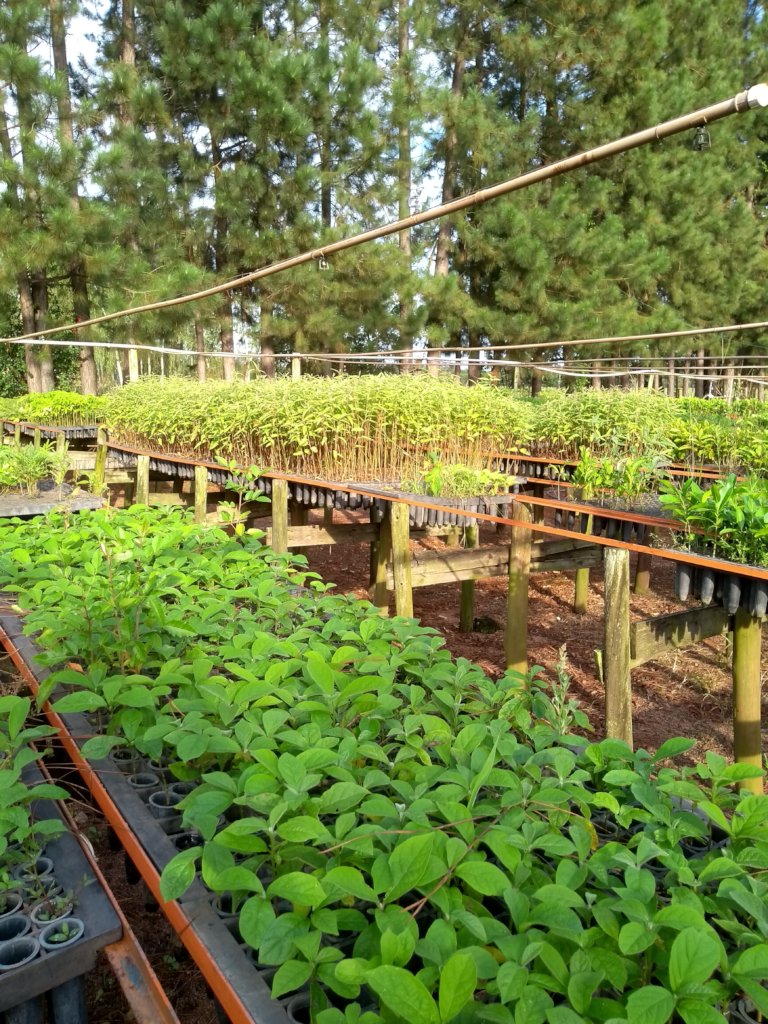By Vienna Leigh | Communications Manager at WeForest
Since 2014, a total of 862 hectares - 1034 football fields - has been restored using a large variety of species and different restoration methods. To date, over 125 different tree species, including 100 native ones, are transforming these landscapes through ANR (Assisted Natural Regeneration), which accelerates the natural recovery of degraded forest areas through the protection and maintenance of young trees that sprout after disturbances such as fire or cattle grazing. Another technique is framework planting, which is used to recover highly degraded areas where natural regeneration is limited. A high-density planting of around 100 different species are chosen for characteristics such as fast growth, or because they are a food source for wildlife.
Community engagement
Eight nurseries provide seedlings for the project. They are owned and managed by local communities of settlers and small farmers, and a total of 11 women and 16 men are employed.
A great carbon sink
The total restoration area to date can expect to sequester 273,254t CO2 over 30 years, assuming there’s no disturbance from fires. That’s equivalent to the carbon footprint of more than 1,000 European citizens for each and every one of those 30 years.
Thank you for making this possible!
Project reports on GlobalGiving are posted directly to globalgiving.org by Project Leaders as they are completed, generally every 3-4 months. To protect the integrity of these documents, GlobalGiving does not alter them; therefore you may find some language or formatting issues.
If you donate to this project or have donated to this project, you can receive an email when this project posts a report. You can also subscribe for reports without donating.
Support this important cause by creating a personalized fundraising page.
Start a Fundraiser
